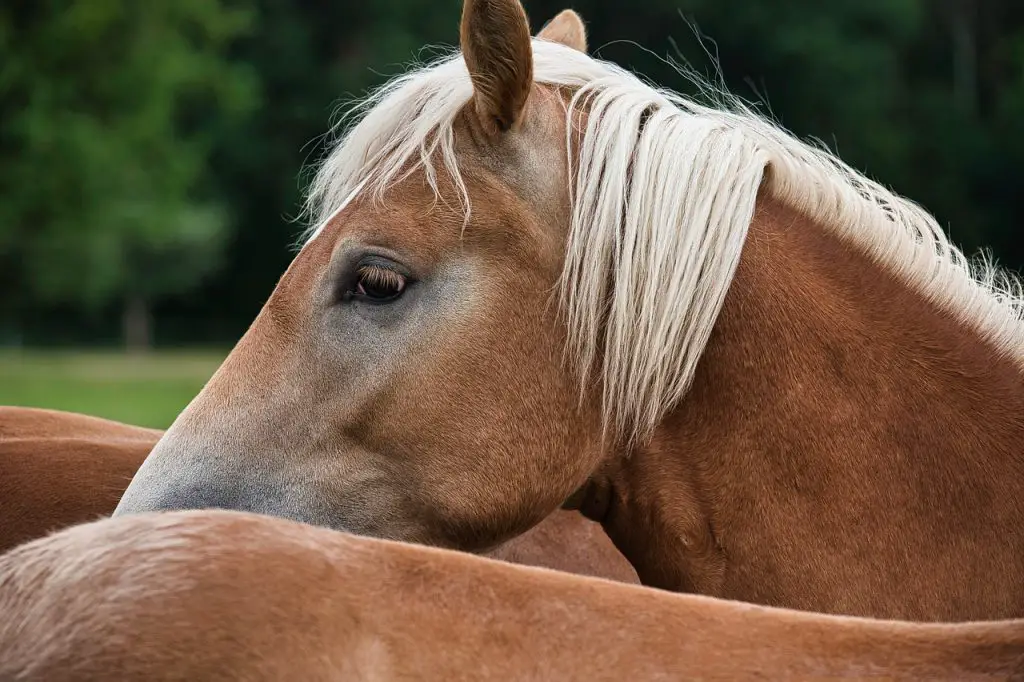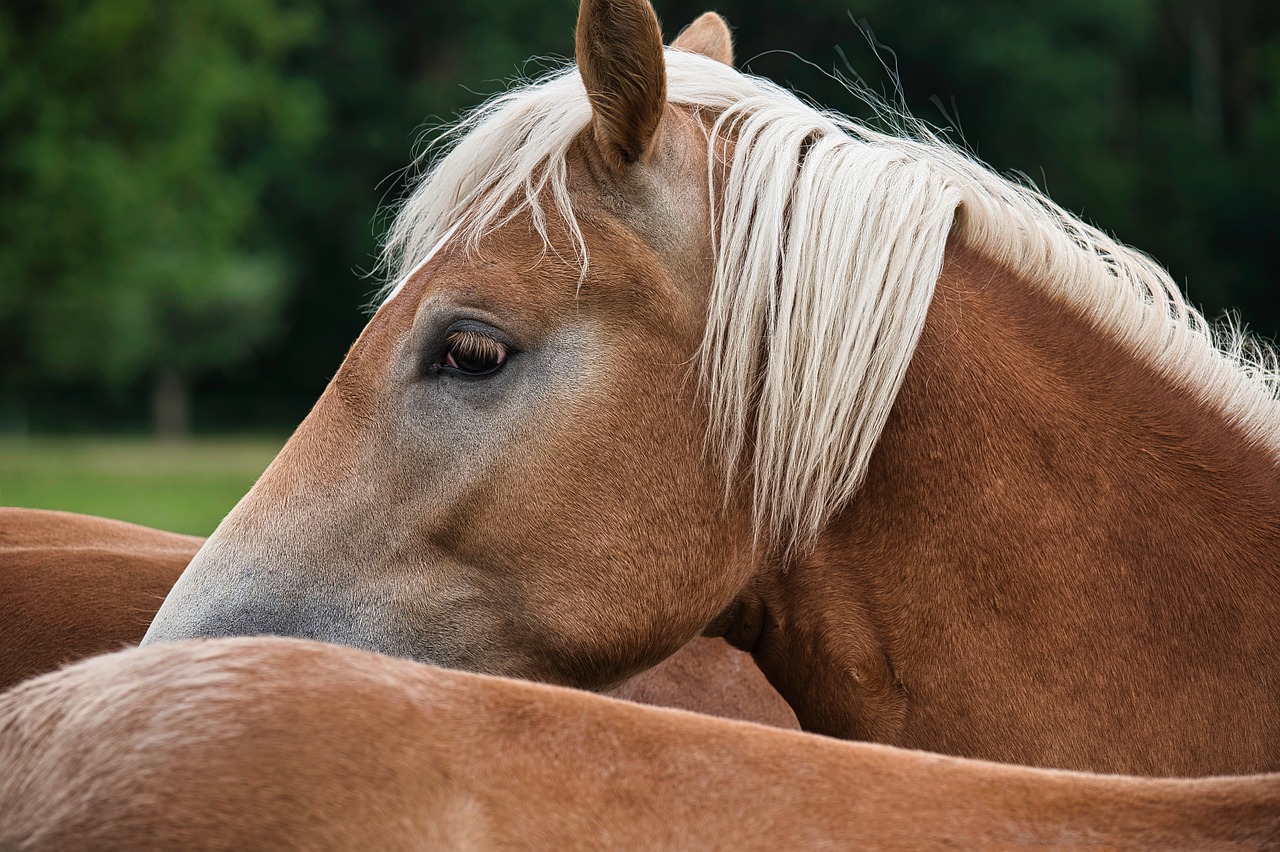Last Updated on February 19, 2022 by Allison Price
Q: As I get ready to show my horse, my barn friends advise me that I must pull the mane of my horse so it can be braided. It sounds awful and I have never done it before. How can I make this a smooth process so that I don’t hurt my horse?
A:Mane pulling is the removal of individual hairs from the root of the mane with the goal of thinning or shortening it. This is necessary for professional presentation purposes and to keep the horse’s mane short enough for braiding and showing. Pulling the mane is not required for horses that are being shown in disciplines where you would braid.

Practice is the key to a neat, tidy and short mane. Although most horses are happy to have their manes pulled, some horses even love it. However, there are some sensitive horses who need extra care. Make sure your horse is comfortable with having his mane brushed before you begin. You can tug on, or simply brush your horse’s mane every time you ride him or spend time with them. Do not try to pull your horse’s mane the night before a big event. Allow yourself enough time and reward your horse for learning this new technique.
It is best to pull your horse’s hair in the spring when he is still shedding his winter coat. Because the hair is already loosened and is in its natural season, this is the best time to pull it. After you have ridden your horse or wished him, do it on a warm day. If your horse is sensitive, the warm air and exercise will make it easier for you.
Begin by gathering your tools: A pulling comb, which is usually a small metal comb measuring 3-4 inches in length, a standard mane and tail brush, and, if desired, a pair latex gloves to help you grip the hair better.
To determine the length of the mane you will be braiding, measure the width of your hands plus an inch. Next, make a few test braids. This is exactly how you would do it for a performance. Your manes can vary in texture and thickness so the test braids will let you know if you need more, thinner, or to adjust your braids. Dressage braids require that the mane be approximately one-half of my hand in width.
Either the withers, or the poll can be your starting point. If your horse is very tall, you can stand on a stool. Hold a section of hair about an inch in width in your left hand, and pull it towards the ends. Use your right hand to pull the hair towards your horse’s neck. Wrap the remaining hairs around the comb and pull down on the roots. Some horses prefer to pull straight up while others prefer to pull in the middle. You can experiment to discover what works for you and your horse.
It is much easier to work up or down the neck, then back again, than it is to spend too much time in one place. After you’ve finished your first pass, clean it up with your mane and tail brush. You will likely go back and forth many times. Spread the process out over several days so that the mane can adjust to the new length. You can finish the job with scissors or a separate clipper blade. This will give your mane a natural, polished look.
If you need to trim your horse’s mane, you can use a clipper blade, but not attached to them, or an open scissor blade to slowly go up and down the mane. You will only need to shave a few hairs close to the ends for a natural look.
Keep your horse happy if he has a thick mane. After it’s been trimmed, you can continue to care for it every week.
Extra-sensitive horses should be walked on a warm, dry day. To reduce pain and irritation, you can ask your vet for a spray or a cream of lidocaine. Your veterinarian may need to administer sedation if this doesn’t work.
Go back to the basics if your horse behaves unpleasantly, such as he bites, fidgets, rears, or rears. Are you able to keep your horse in the cross-ties for an extended period? Can he be trusted to respect you when leading or handling him? Positive reinforcement is key. If your horse refuses to let his mane be pulled, don’t hesitate to ask for professional assistance. Before you start mane-pulling, it is important to improve your ground manners.
Mane-pulling doesn’t have to be difficult or traumatizing. Take your time, practice and seek help if needed.
A former groom for several Olympians, Liv Gude is the visionary behind the Professional Equine Grooms website (www.proequinegrooms. Professional grooms from all disciplines can come together at www.proequinegrooms.com, where they can share their knowledge and get support. This website offers everything, from grooming tips to job listings to blogs. The website hosts weekly contests to find the best tips, tricks, and tools submitted each week by visitors. Liv is now full-time at her website. She also enjoys her Grand Prix dressage horse Miguel and her hunter Comet. The website pays both horses a living by them modeling for it.



